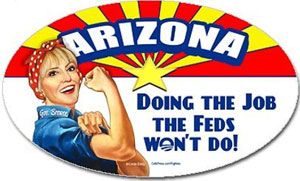Glenn Harlan Reynolds
The Washington Examiner
12/3/2011
A couple of years back, I suggested in these pages that higher education was facing a bubble much like the housing bubble: An overpriced good, propped up by cheap government-subsidized credit, luring borrowers and lenders alike into a potentially disastrous mess.
Subsequent events have proved me right as students have begun to think twice about indebtedness and schools have begun to face pressure over tuition. For higher education, costs have skyrocketed even as the value of their product has been declining, and people are starting to notice.
Just last week, the New York Times, normally a big fan of higher education, ran an article on “The Dwindling Power of a College Degree.” In our grandparents’ day, a college diploma nearly guaranteed a decent job.
Now, not so much: “One of the greatest changes is that a college degree is no longer the guarantor of a middle-class existence. Until the early 1970s, less than 11 percent of the adult population graduated from college, and most of them could get a decent job. Today nearly a third have college degrees, and a higher percentage of them graduated from non-elite schools. A bachelor’s degree on its own no longer conveys intelligence and capability.”
This is a simple case of inflation…
…The government decides to try to increase the middle class by subsidizing things that middle class people have: If middle class people go to college and own homes, then surely if more people go to college and own homes, we’ll have more middle class people.
But homeownership and college aren’t causes of middle-class status, they’re markers for possessing the kinds of traits — self-discipline, the ability to defer gratification, etc. — that let you enter, and stay in, the middle class.
Subsidizing the markers doesn’t produce the traits; if anything, it undermines them…
Read the complete article at The Washington Examiner.







